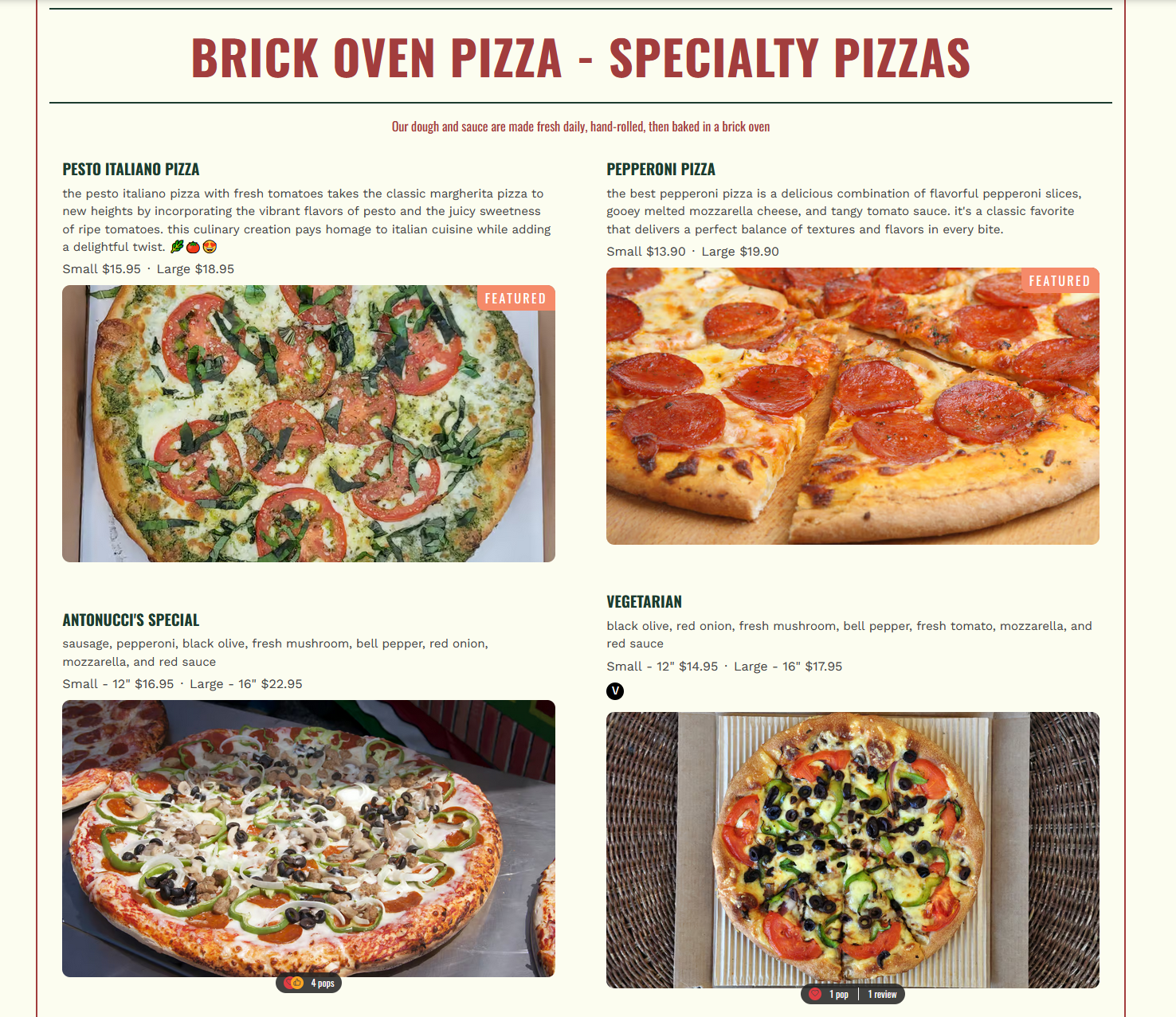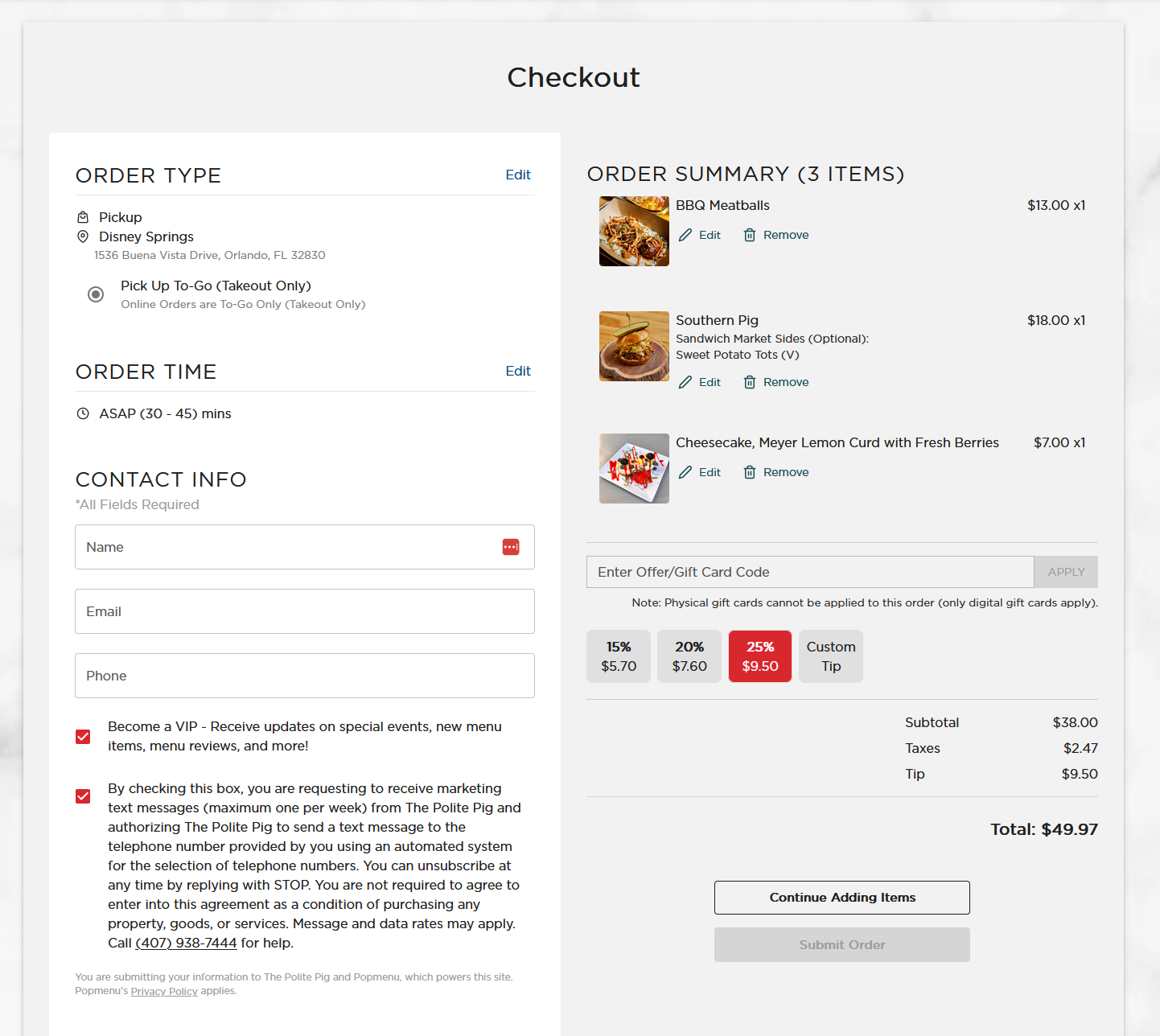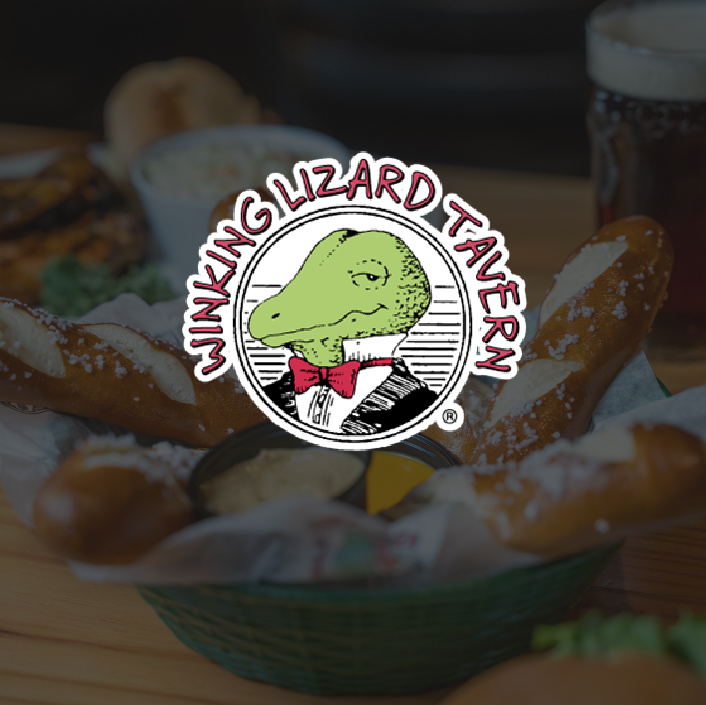
Busting popular online ordering myths

From 2022 to 2023, GIOIA Pizzeria grew their first-party online ordering revenue 47%, resulting in an additional $30k in sales every month. They did this by moving most of their online ordering to their own website and actively promoting their direct online ordering on their home page. They also ensured the experience was visually-engaging, easy-to-navigate, and showcased likes and reviews for their dishes to entice others.
GIOIA is among the thousands of restaurants that know that over the past few years, consumers have developed a healthy and sustained appetite for online food ordering—along with higher expectations around speed, efficiency, and ease of use. Tolerance for clunky online ordering experiences, especially on mobile devices, has declined…a lot.
We conducted a nationwide survey of 1,000 consumers to help restaurants navigate evolving expectations and dispel myths that can cost them sales
Myth #1: Consumers are fine with PDF menus online

Not quite. Half (49%) of consumers say they will move on and order from a different restaurant if they encounter a PDF menu on a mobile device, up from 30% two years ago. It’s safe to say that PDF menus are far from a favorable experience for diners. Not only are they difficult to use on mobile devices, but they also introduce extra steps in the ordering process, requiring diners to read the menu, decide what they want, search for an actual ordering platform, and then proceed with placing their order.
Fortunately, dynamic menus are an excellent solution. Diners can instantly place an order from the dish they’re viewing, streamlining the ordering process. The advantages don’t stop there. Dynamic menus also have benefits in attracting guests from Google. Each dish acts as its own webpage that can be found on a search results page—meaning, restaurants’ websites take up more digital real estate and have a better shot at showing up when hungry diners go searching for something more specific like “best burgers Atlanta” or “sushi near me.”
Myth #2: It’s ok if your online menu doesn’t have pictures or reviews

Beyond the frustration caused by hard-to-read PDF menus, the absence of food photos and reviews for both the restaurant and its specific dishes ranks high among consumers’ greatest annoyances when ordering online. Dining is an experience for the senses, and while websites can’t truly convey taste and smell, showcasing dishes with mouthwatering photos is sure to create cravings that drive orders.
Research shows that dishes with photos receive 2x as many online orders as dishes that don’t, and dishes with reviews receive 4x as many orders. By incorporating reviews and photos for each dish, you give guests everything they’re looking for when deciding what and where to eat—transforming your menu into an effective marketing tool that persuades diners to hit that “add to order” button.
Myth #3: Consumers like to order from third-party delivery sites

Quite the opposite. While third-party platforms can help consumers discover new dining options, three out of four (76%) say they prefer ordering directly from a restaurant’s own website. By ordering directly from a restaurant, both diners and restaurants can save money in terms of fees and commission rates. Direct online ordering also creates an opportunity to capture data (like a guest’s name, email, and ordering history) that can be used in personalized remarketing efforts in the future. This makes first-party online ordering an attractive option for consumers and a strategic benefit for restaurants seeking to maximize their revenue streams.
Myth #4: Consumers will still order if they have to call a restaurant instead of placing an order online
Despite how much folks love to use their phones, that enjoyment doesn’t extend to ordering food. In fact, 56% of consumers say they will immediately move onto another restaurant if they have to call to place an order. For consumers, online ordering offers a faster, more convenient, and error-free experience.
Additionally, restaurants that encourage diners to place orders online can free up staff from constantly answering the phone, allowing them to focus on serving in-person guests. AI tools like Popmenu Answering can further untangle staff from phone lines by answering common questions with custom responses and information from a restaurant’s website. It can also guide diners looking to order towards the online experience, streamlining the process.
Myth #5: Consumers are not willing to pay online ordering fees on restaurant websites
Living in a largely digital world, consumers have become more accustomed to processing fees associated with online transactions. This includes purchases from restaurants. The key here: everything in moderation. High online ordering fees that jack prices up 30% won’t fly, but two-thirds of consumers said they’re willing to pay at least $1; 39% are willing to pay $2 to $4. Flexible first-party online ordering systems allow restaurants to pass over any necessary fees or taxes to their diners if desired, helping improve profit margins on each order.
For more tips and information on how to improve the ordering experience for guests, check out our guide 6 Things Diners Wish Restaurant Owners Knew About Online Ordering.





.jpeg)






